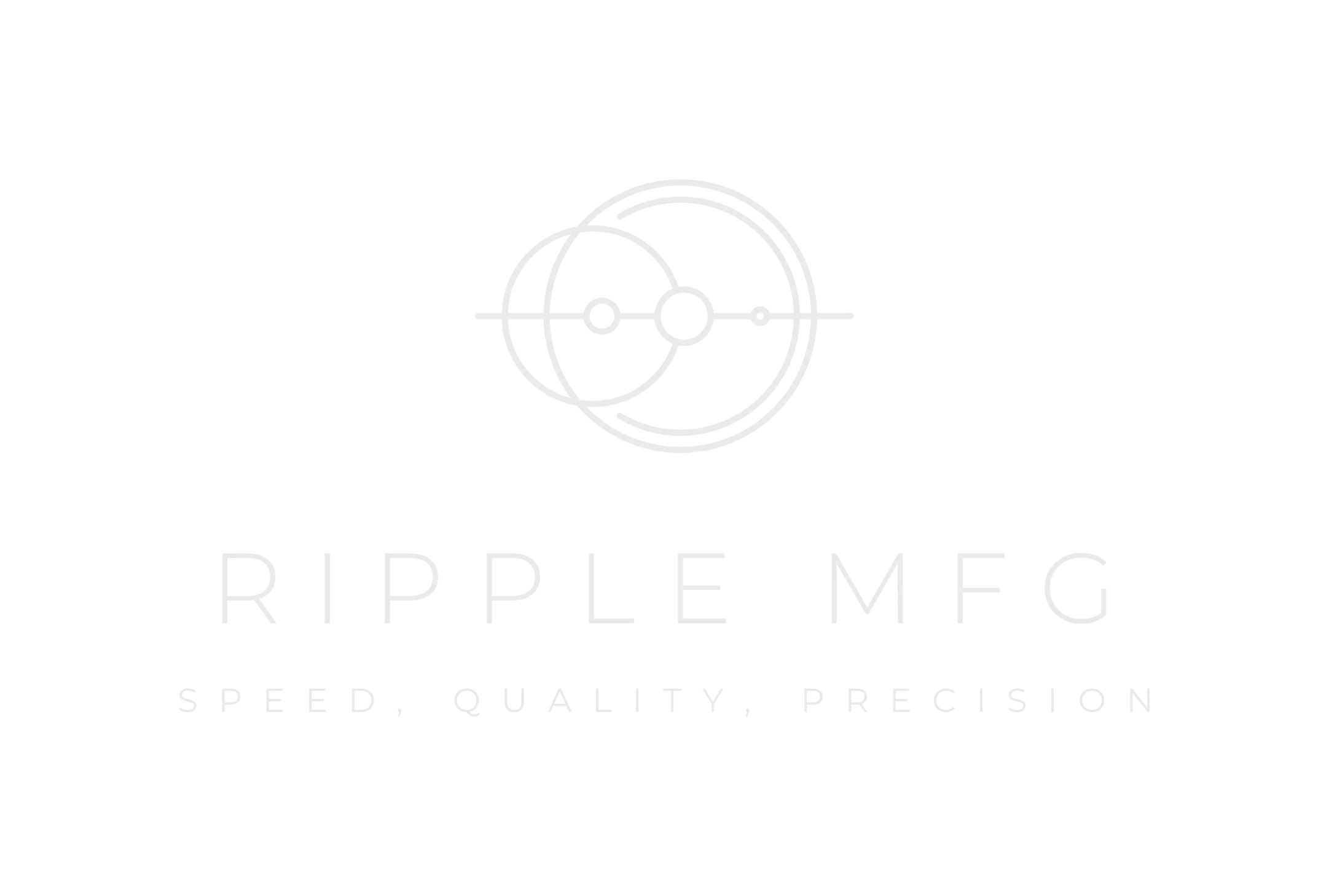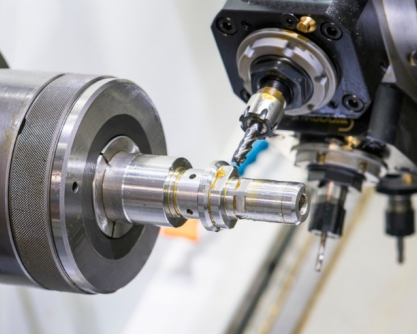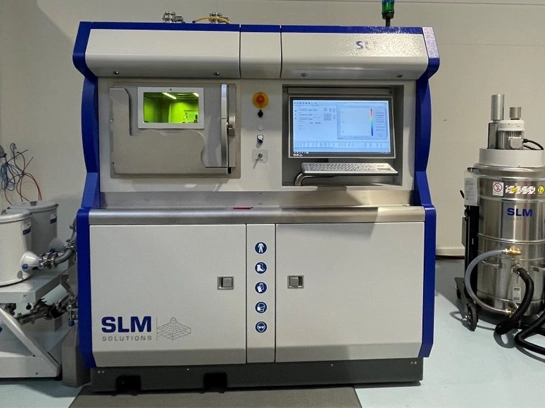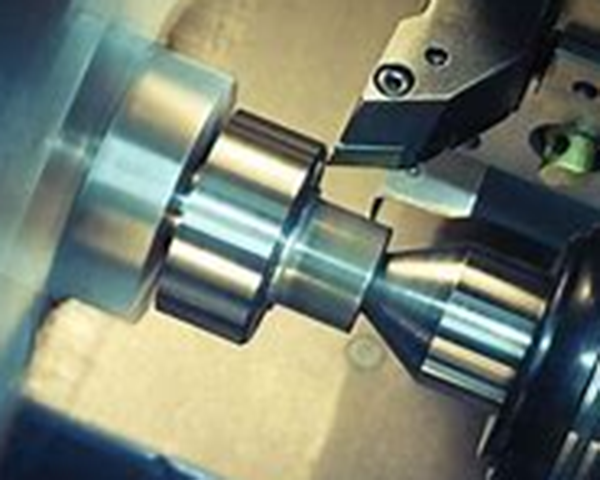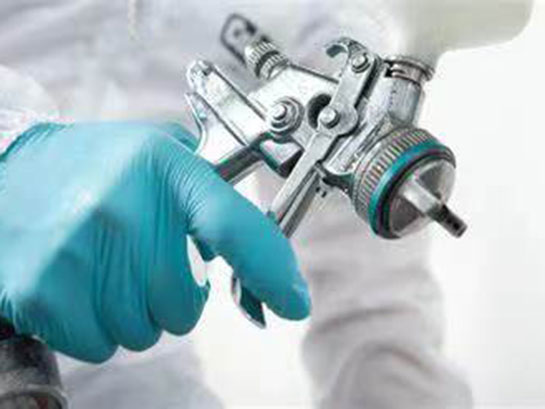Polyurethane resin is a versatile material used to produce various plastic products. Its applications are diverse because it can produce both flexible, almost rubber-like products, and rigid plastics.
What Are Cast Urethane prototypes?
Cast urethane prototypes, or vacuum casting, are a technology used for manufacturing short-term, small batch products such as custom models or movie props. This process requires pouring polyurethane into a mold and allowing it to harden. Polyurethane casting prototypes are an excellent and cost-effective way to produce high-quality parts and entire models. It is particularly useful for complex designs because it can quickly produce polished surfaces at a lower cost than other methods.
Steps in the Cast Urethane Prototypes Process by Ripple MFG
Cast urethane prototypes are a manufacturing process that involves pouring liquid polyurethane into a mold to create solid plastic parts. This process is typically used to create prototypes, low-volume production, and replacement parts for existing products. Here are the steps involved in the cast urethane molding process:
Design Model
A model can be created through machining, or other processing methods depending on the nature of the design. This masterpiece will be used to make the mold in the subsequent steps.
Create Mold
The mold for cast urethane prototypes can be made of metal, silicone, or even wood, but in the rapid prototyping industry, silicone is the most common material. Liquid silicone is poured into a box, and the masterpiece is placed inside the box. The silicone is then cured and turns from liquid to solid. The solid silicone is then cut in half, and the masterpiece is removed. The cavity in the silicone mold now has exactly the same shape as the masterpiece.
Mix and Pour Polyurethane
Before each casting, the mold cavity surface is coated with a release agent to avoid sticking to the polyurethane.
Polyurethane materials are two separate liquids that must be mixed together in the correct ratio. If any color is needed, the tint should also be mixed into the liquid. Once the materials are mixed, a chemical reaction starts that transforms them into a solid. This is called curing, or more fancily, room temperature vulcanization. The curing process can last from a few minutes to several hours, depending on the specific type of polyurethane used. The mixed polyurethane resin is then poured into the mold cavity.
Vacuum Chamber
Bubbles will inevitably be produced in the polyurethane during mixing. These bubbles can affect the strength and appearance of the final product. They must be removed. This is done by placing the mold in a vacuum chamber, where the low pressure around the mold causes the bubbles to rise out of the liquid. This is why the cast urethane prototypes process is also called vacuum casting.
Demolding the Part
Once the part has cured in the mold cavity, it can be removed from the mold. Usually, this just means opening the two halves of the mold and taking out the product. But if the product or mold is complex, this step can sometimes be challenging. Once the gates and risers are cut away from the part, a perfect replica of the masterpiece’s shape is produced.
Finishing the Part
After removing the part from the mold, it may need to be polished or painted to achieve the desired look and feel.
Silicone molds can be used for around 12 to 20 castings before they need to be replaced. In cast urethane prototypes, the chemical degradation caused by exposure to the resin causes the silicone to harden and eventually break down.
- Knowledge Of Sheet Metal WorkingFebruary 27, 2023Introduction to Sheet Metal ProcessingSheet metal processing is a pivotal technology that sheet metal technical staff needs to grasp, and it is also an important process for forming sheet metal produc...view
- Exploring the Capabilities of 5 Axis CNC MachiningSeptember 1, 20235 axis CNC machining is a type of computer-controlled machining that utilizes five axes of motion to cut and shape materials. It is an advanced and versatile manufacturing process that is capable of p...view
- Food for Thought: Custom Prototyping in Culinary InnovationNovember 23, 2023Culinary innovation is an ever-evolving field that constantly seeks to push boundaries and tantalize our taste buds with new and exciting flavors. With the rise of the food and beverage industry, chef...view
- Harmony in Sound: 4 Axis CNC Machining for Musical Instrument SuppliersNovember 23, 2023When it comes to crafting musical instruments, precision and attention to detail are paramount. Whether it's a finely tuned guitar, a melodically rich piano, or a beautifully crafted violin, every...view
- Automotive Evolution: Enhancing Vehicle Design with Urethane Casting ServicesJanuary 5, 2024The world of automotive design has continuously evolved to meet the demands of consumers seeking high-performance vehicles. In recent years, urethane casting services have emerged as a vital tool for ...view
- CNC Milling a Flame Retardant ABSJanuary 12, 2023CNC milling a flame retardant ABS, a strict tolerance of ±0.5° for all 4 inner corners.view
